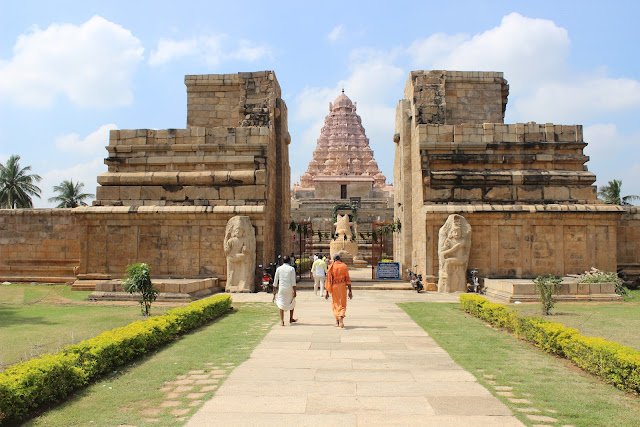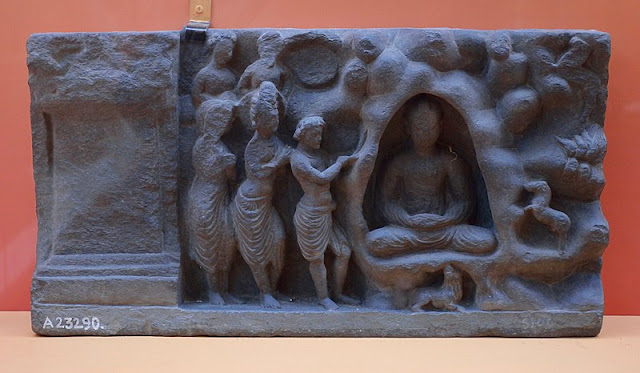Tale of Imperial Medieval Cholas - Part 2

The power of the Chola dynasty reached its pinnacle during the reigns of Rajendra Chola (1014- 1042) and his father Rajaraja I (985-1014). Rajendra Chola was the worthy son and successor of his father. Though he succeeded to the Chola throne in 1014, his regal years are counted from 1012 AD when he was declared heir-apparent. By his military prowess and administrative skill, Rajendra Chola raised the Chola power to the zenith of glory. Probably in 1017 AD, he conquered the whole of Sri Lanka, the northern part of which was already annexed to the Chola empire during the reign of his father Rajaraja I. In the next year (1018 AD) Rajendra Chola forced the rulers of Kerala and the Pandyan country to accept the suzerainty of the Cholas. He defeated the Western Chalukya power under Jayasimha II Jagadekamalla (c. 1016-42). Rajendra also came in conflict with the Pala ruler of Bengal, Mahipala I, and his armies spread their victorious wings as far as the Ganges. To commemorate this daring vict





